Deck & Commander Strategies

Kastral, the Windcrested
Build a blue-white bird tribal deck leveraging flying creatures and cheap removal to control the board and generate value through synergy.

Velomachus Lorehold
Utilize Boros heroic and bestow mechanics to boost creatures with spells and combat tricks, aiming for aggressive beatdown and value from targeted spells.

Krenko, Mob Boss
Deploy a mono-red goblin swarm deck focusing on rapid creature production, haste, and aggressive combat to overwhelm opponents quickly.

Victor, Valgavoth's Seneschal
Assemble a black-white enchantment-focused deck using enchantment synergies, value generation from sagas and other enchantments, and control elements.
Gameplay Insights
- 1
Players prioritized mana acceleration artifacts like Command Tower, Arcane Signet, and Soul Ring to ensure smooth gameplay within the budget.
- 2
The mono-red goblin deck focused on finding key goblin lords and haste enablers to maximize the aggressive strategy.
- 3
The black-white enchantment deck struggled to find enough enchantments but leaned heavily on sagas and enchantment staples to establish board presence.
- 4
The bird tribal deck included multiple counterspells and removal, aiming to control the board while deploying evasive creatures.
- 5
The Boros heroic deck collected many burn spells but faced challenges in assembling a cohesive heroic synergy under time pressure.
- 6
Players had to balance card quality and thematic cohesion against the strict $50 budget, often making difficult cuts and compromises.
- 7
The challenge emphasized adaptability and quick decision-making during deck building, with players sometimes pivoting their initial plans based on card availability.
Notable Cards
-

Languish
-
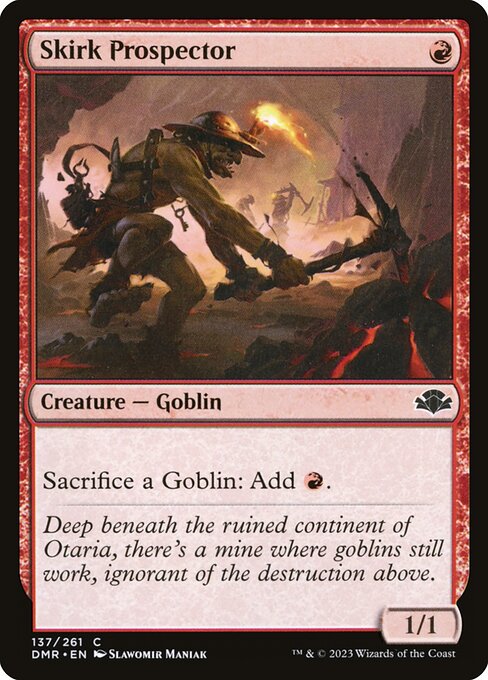
Skirk Prospector
-

Siege-Gang Commander
-

Command Tower
-

Arcane Signet
-
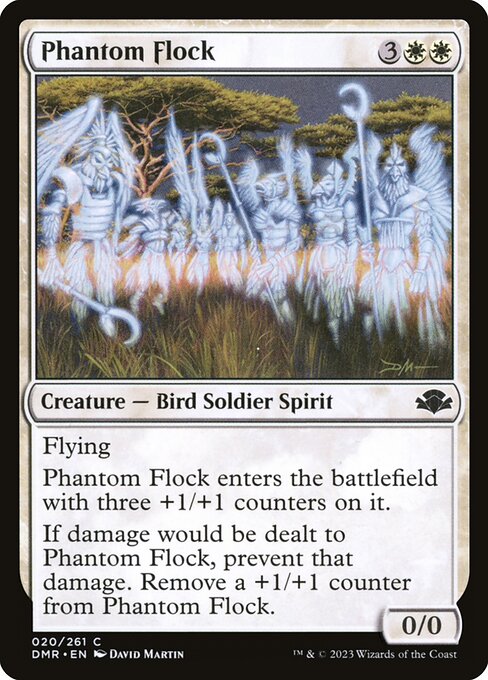
Phantom Flock
-
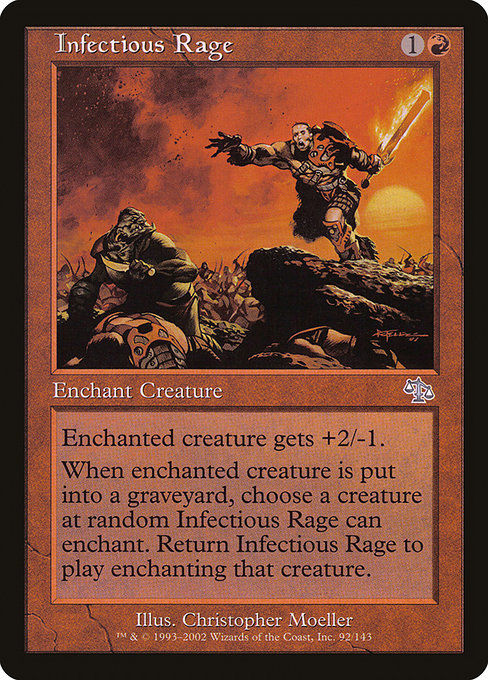
Infectious Rage
-
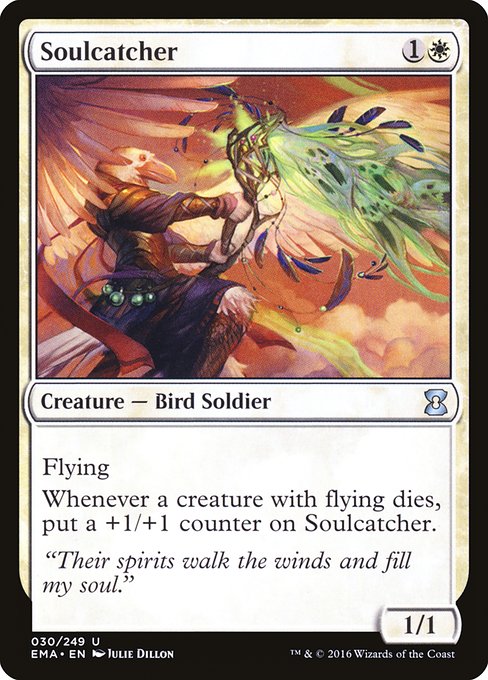
Soulcatcher
-
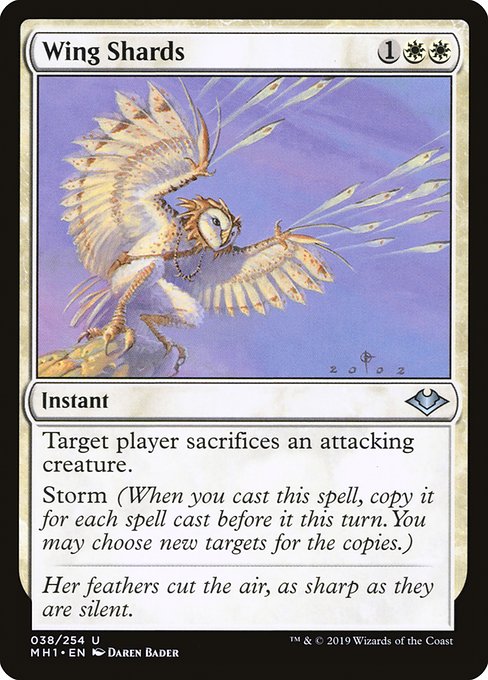
Wing Shards
Gameplay Summary
The $50 LGS Commander Challenge featured four players each building a 100-card singleton deck within a strict budget and time limit.
The players chose distinct commanders and strategies, with the gameplay focusing on executing their deck plans despite the financial and time constraints.
Kastral, the Windcrested led a blue-white bird tribal deck aiming for synergy among flying creatures and cheap removal.
Velomachus Lorehold piloted a Boros heroic deck, attempting to leverage combat tricks and spells to boost creatures and apply pressure.
Krenko, Mob Boss centered on a mono-red goblin swarm strategy, focusing on quick creature deployment and aggressive attacks.
Victor, Valgavoth's Seneschal was built around black-white enchantments, aiming to capitalize on enchantment synergies and value generation. Throughout deck construction, players grappled with finding key thematic cards to solidify their strategies, such as tribal enablers, removal, and mana acceleration artifacts.
The gameplay highlighted the importance of curve management, synergy, and efficient resource use under budget constraints.
The goblin deck sought to overwhelm opponents with numbers and haste effects, while the enchantment deck focused on building a resilient board with value-driven enchantments and sagas.
Bird tribal looked to control the air with evasive flyers and counterspells, and the heroic Boros deck tried to maximize value from targeting effects.
Despite the challenge, each player found their deck's identity and prepared to test their builds, balancing card quality with synergy and budget limitations.


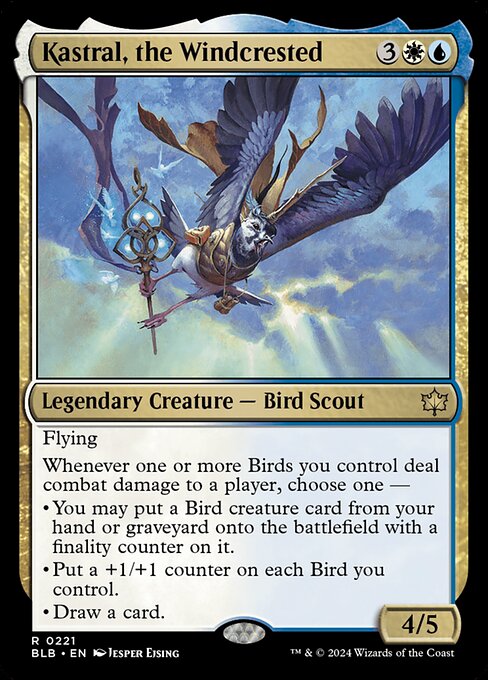

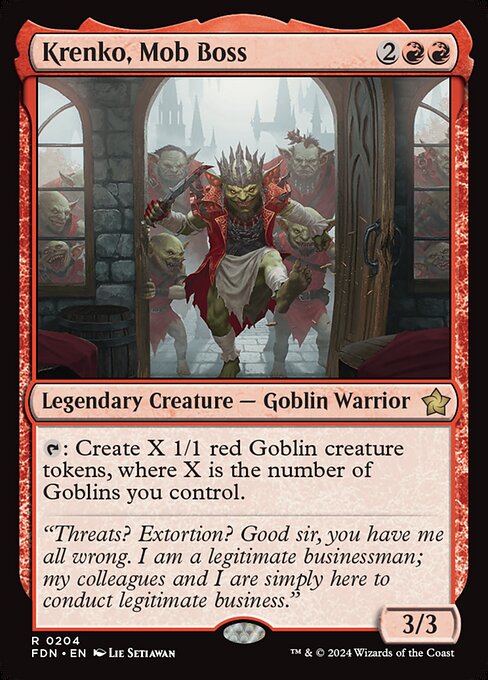
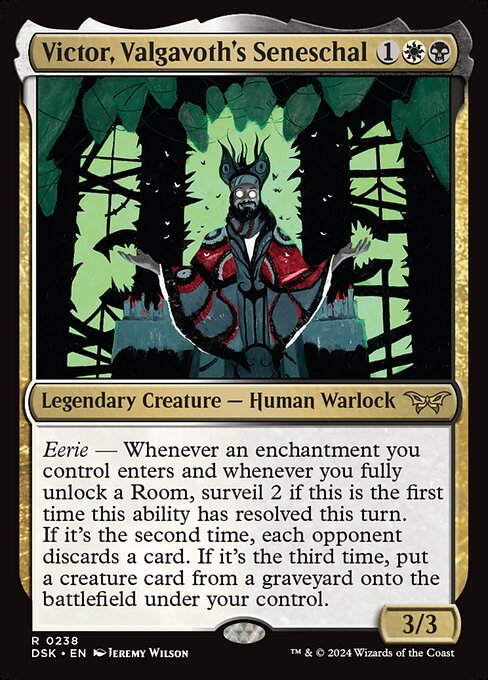






















![Commander Versus Series: Deck Tech - Krenko v. Rhys v. Kangee v. Yeva [MTG Multiplayer] thumbnail](https://i.ytimg.com/vi/dUX1ieofYg0/sddefault.jpg)
![Commander Versus Series: Krenko v. Rhys v. Kangee v. Yeva [MTG Multiplayer] thumbnail](https://i.ytimg.com/vi/7UX55YdwDR4/sddefault.jpg)


















